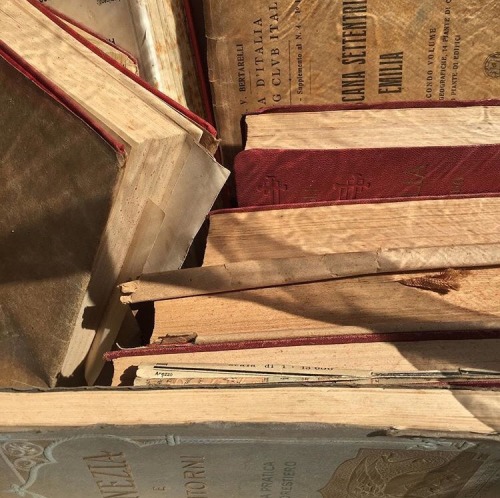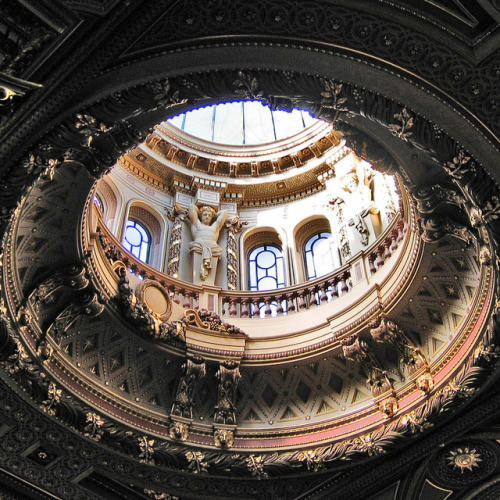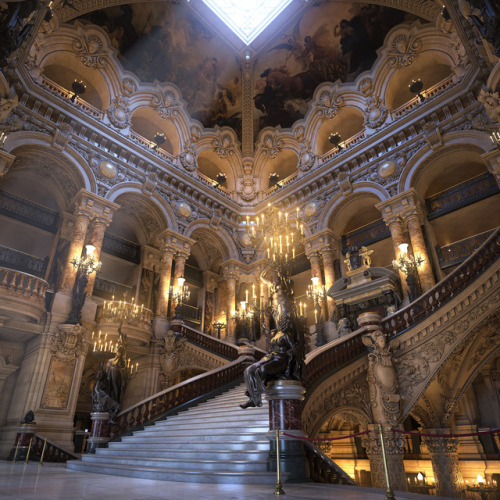My Confederate - Blog Posts
There is magic all around you and in your heart. Flowers growing through cracks in the pavement, the golden light that glitters when the sun rises, the feeling of telling the person you love how much you care - all of that is magic.
Your smile lights up my world more than the stars light up the night sky.
You could sit me down and tell me all of your flaws, all of the reason you hate yourself and I would still think you are the most perfect person I’ve ever met


do I exist in your mouth? and in your hands when you rest your head in them?
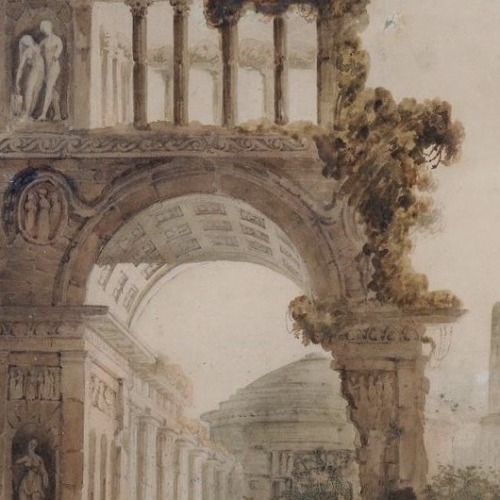
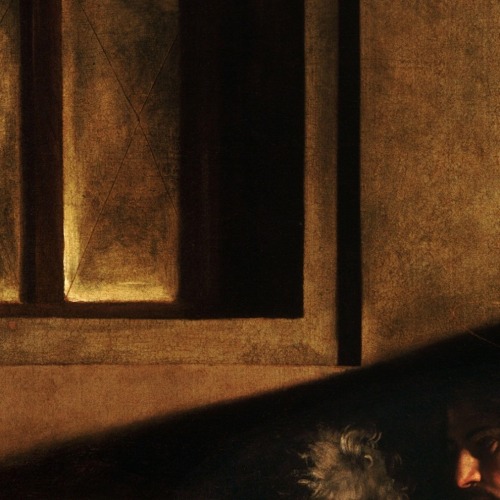
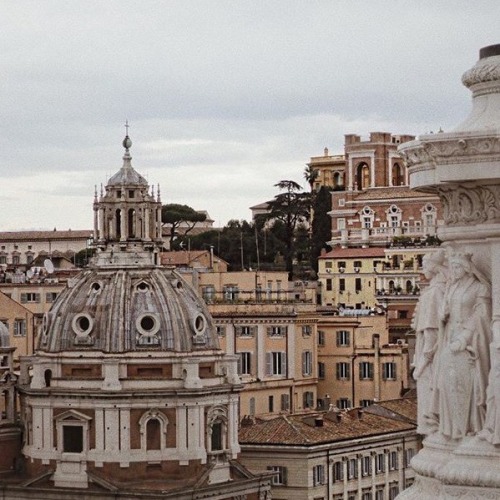
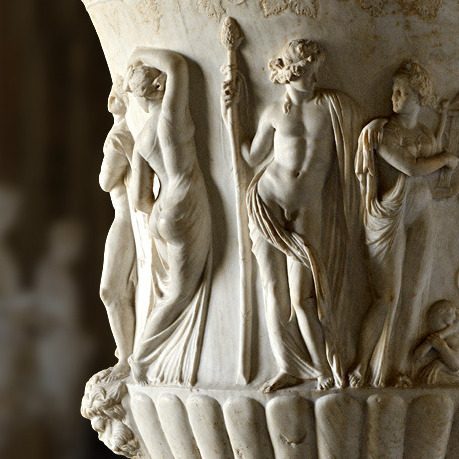


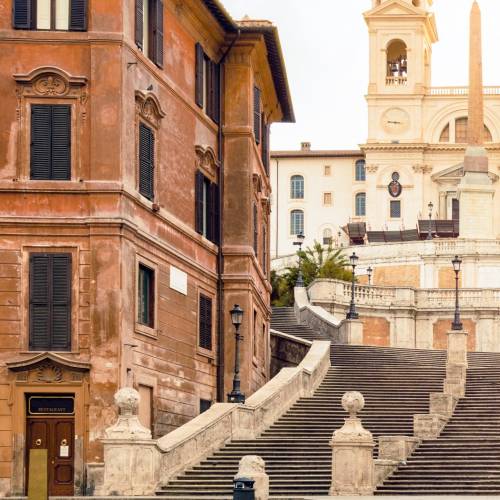
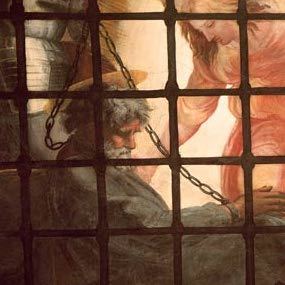
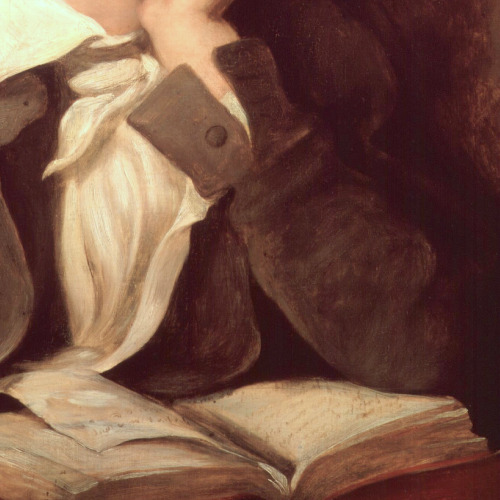
What men or gods are these? What maidens loth? What mad pursuit? What struggle to escape? What pipes and timbrels? What wild ecstasy?
John Keats in Rome
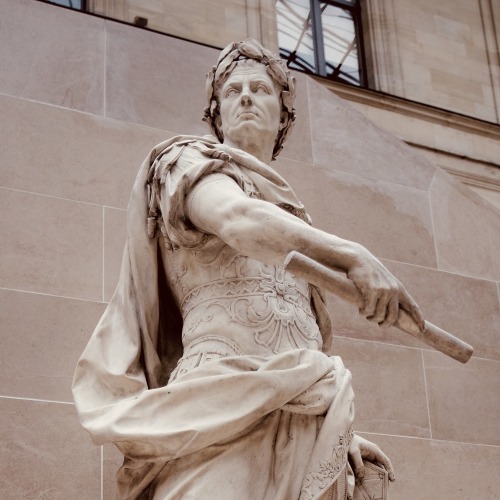








musée du louvre, parís - 2014
(pictures are mine - auriblue)

The Gate of Athena Archegetis, Roman Agora of Athens, Greece






Temple of Nemesis
Rhamnous, Attica, Greek
5th century BCE
Peripteral Doric
The sanctuary of Nemesis lies on the road between Rhamnous and Marathon, around 630m south of the later city. Two temples to Nemesis and Themis can be seen at the site situated very close together.
Nemesis, also called Rhamnousia or Rhamnusia (“the goddess of Rhamnous”, her most important in ancient Greece), is the goddess who enacts retribution against those who succumb to hubris (arrogance before the gods)
Construction of the temple to Nemesis began around 460-450 BCE and continued until 430–420. It was built as a Doric peripteral temple during the reign of Pericles when the Parthenon was built in Athens, and on a platform with a massive polygonal terrace wall. It is believed that it was designed by the architect Callicrates who designed the Temple of Hephaestus in Athens, the Poseidon Temple at Cape Sounion and the Ares temple in Acharnes.
The euthynteria and lowest level of the crepidoma were made from local dark marble, while the rest was constructed of white marble.
The Peloponnesian War must have interrupted the completion from 431 BCE and carving of the column flutes was not done and the stylobate blocks were left unfinished, retaining the protective excess marble on their easily damaged corners and upper surfaces. There were no pedimental sculptures, nor were the metopes decorated with sculpture. The roof was decorated with sculptural acroteria, however.
Unfinished fluting and carving on the 5th century BCE temple.
At some point after the original construction, the Temple of Nemesis was severely damaged at its eastern end and the upper courses were subsequently repaired with new blocks. The damage to this and other temples in the region and the destruction of monuments in Athens is thought to be caused by the armies of Philip V of Macedon during his raids in 200 BCE. The blocks which were used to repair the Temple of Nemesis are distinct from the original blocks and the tooling is quite different which suggests that the repairs were made in the Roman period, when interest in the old Classical temples was renewed. The central block of the architrave on the east end of the temple bears an inscription of rededication to the goddess Livia by the Demos, which may be associated with the repairs. This reconstruction must have been costly since it involved replacing the east end, which required making duplicate blocks for the frieze, geison, perhaps the tympanon, the raking geison, the akroteria, and perhaps part of the sima, rooftiles, and ceiling coffers. Unlike other temples in Attica which had fallen into disrepair, the Temple of Nemesis was not stripped of useful parts or removed whole to Athens. Instead, it was restored with pride as an important local monument.

Statue of Nemesis
The cella of the large temple housed the cult figure of Nemesis, sculpted by Agorakritos, a pupil of Phidias, from the block of Parian marble alleged to have been brought by the overconfident Persians for their triumphal stele. This famous statue of the goddess stood within the cella of the temple and was around 4m high. The Roman historian and connoisseur Varro rated it the finest example of Greek sculpture.
The badly damaged remains of an over life-size marble head from a cult statue of Nemesis, with perforations for attaching a gold crown, was discovered by the British architect John Gandy in the early nineteenth century and is now part of the British Museum’s collection. This has a stylistic similarity to the pediment sculptures of the Parthenon of 440-432 BCE.
Many parts of the original statue have been recovered and reconstructed from the hundreds of fragments found scattered about after the destruction of the cult image by early Christians, and this allowed the identification of a total of eleven Roman copies on a smaller scale. The base of the statue, approximately 90 cm high and 240 cm wide, has also been reconstructed; on three sides of the base, the nearly-in-the-round scene shows the presentation of Helen to her mother Nemesis by Leda.
